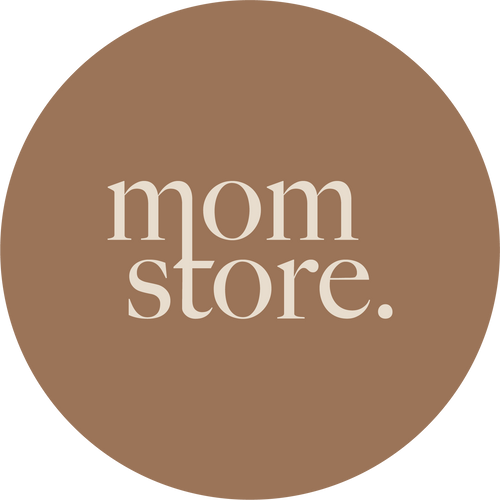Welcoming a new baby into the family is a joyous occasion filled with love and excitement. However, it also comes with its set of challenges, one of which is feeding. A common struggle many parents experience is getting their baby to take a bottle after exclusive breastfeeding. With a real lack of honest supportive information out there, Kate of Little Bird Lactation shares all the tips we need to know.
First and foremost, it’s crucial to understand that your baby is not silly or stubborn; they are hardwired to breastfeed. Taking a bottle is a learned skill and will require some patience. If your baby has been breastfeeding well then they instinctively know how to latch onto a breast, but bottle-feeding is an entirely different experience for them. No matter how hard bottles try no bottle can ever truly mimic a nipple in structure, feel or function.
The Importance of Selecting the Right Bottle
Selecting an appropriate bottle is vital to ensure a smooth transition between breast and bottle. The design of the bottle teat is crucial. When looking at a bottle teat, you want to ensure it has a gradual transition from the wide base to the narrow teat. Bottles with abrupt nipples on a flatter base may resemble an erect nipple but limit your baby's ability to achieve a deep latch, which is essential for effective feeding. You will often find them slipping and having to purse their lips during the feed to maintain suction on the teat.
When your baby is on the breast, they are taking in both nipple and areola. We want to mimic this with a bottle as much as we can. This approach helps facilitate a seamless transition from breast to bottle, making the feeding process easier and more comfortable for both baby and parent.
While every baby is different, some bottles are generally more accepted. In general, I have had the most success with Pigeon wide neck teats in babies who refuse the bottle. These teats are designed to encourage the natural movement your baby uses while breastfeeding. They facilitate a deep latch on the bottle and have a good flow rate that is managed by most babies.
Tips for Successful Bottle Feeding
Introducing a bottle to your baby requires patience and technique. It is really important that when you are offering a bottle that you keep it a positive experience. If your baby is becoming distressed or upset, stop giving them a few minutes before trying again. If they remain upset, stop and try again at another time. You can rest the end of the teat on their top lip or the bottle gently on their chin, when they open their mouth support them by tilting the bottle into their mouth allowing them to latch. Think of the open mouth as their invitation to say it's ok! Do not try and force a bottle in if they have their mouth clamped shut.
You can try dipping the teat into some breast milk before offering the bottle. This approach makes the bottle smell and taste familiar, providing comfort and reassurance to your baby.
Timing is also essential. Pick your moment when you first offer the bottle. Your baby should be alert and calm. A distressed baby and parent will find it more challenging to learn and adapt to new skills. Patience and calmness are your best allies during this process.
Understanding that your baby is naturally inclined to breastfeed and that bottle-feeding is a skill they need to learn is the first step. Selecting the right bottle, with a teat that supports deep latching, is crucial. Introduce the bottle positively and patiently, making every experience enjoyable and stress-free for your baby.
Remember, every baby is unique, and what works for one may not work for another. It might take some trial and error alongside some gentle persistence to get you there.
About Kate Bird
Kate Bird is a dedicated and experienced lactation consultant at Little Bird Lactation. With a deep understanding of both breastfeeding and bottle-feeding, Kate offers invaluable support and advice to new parents navigating the often overwhelming world of infant feeding. Her expertise is not just theoretical; it’s built on years of hands-on experience and a genuine passion for supporting parents and babies.
